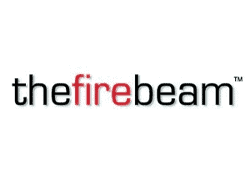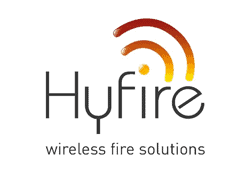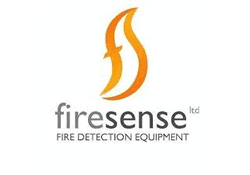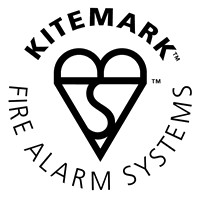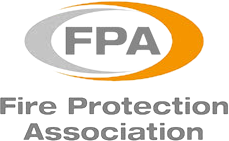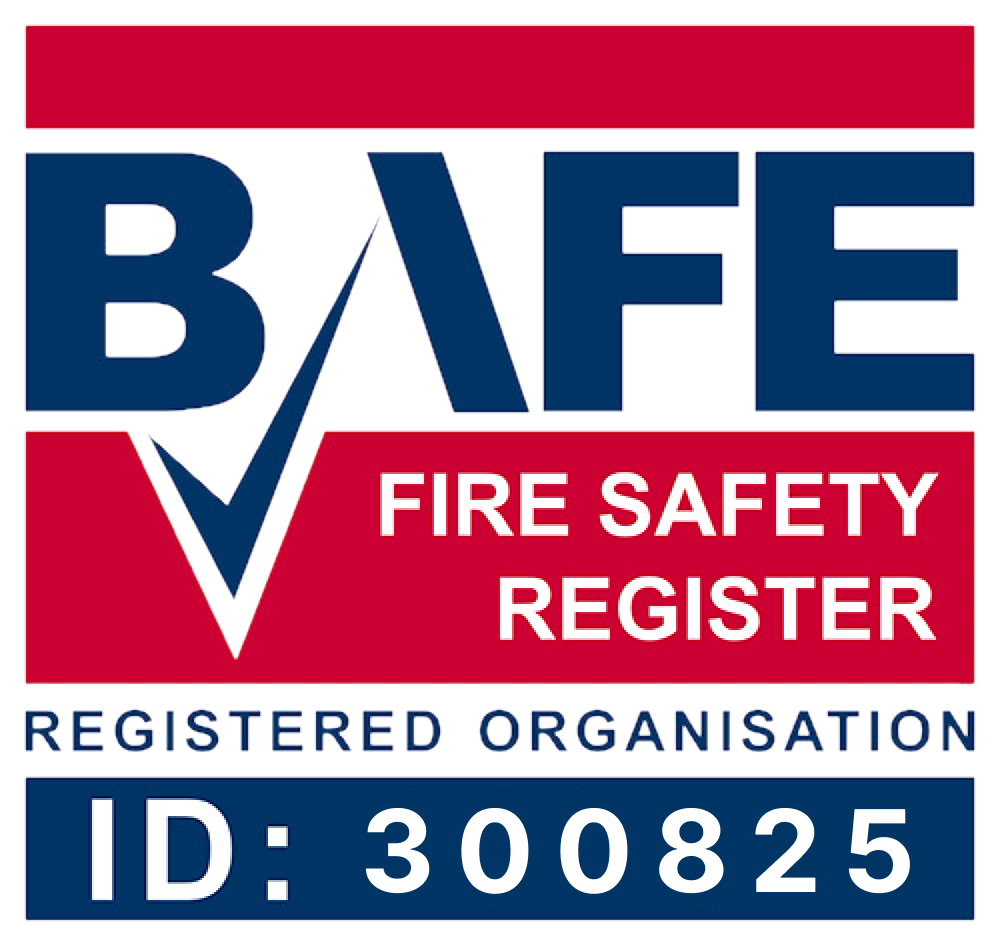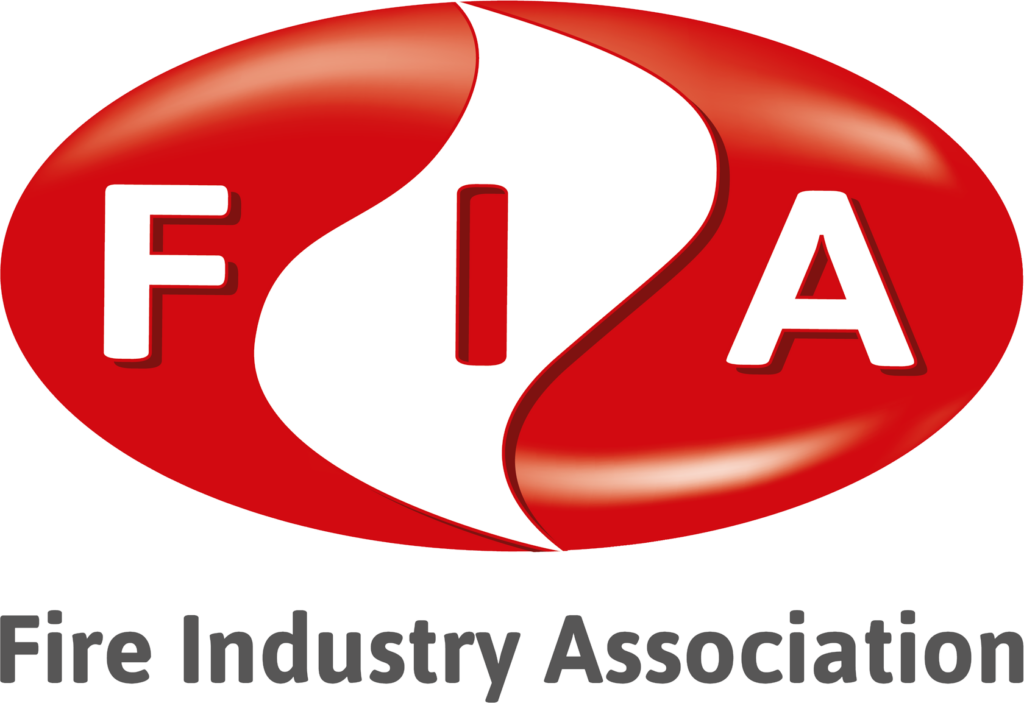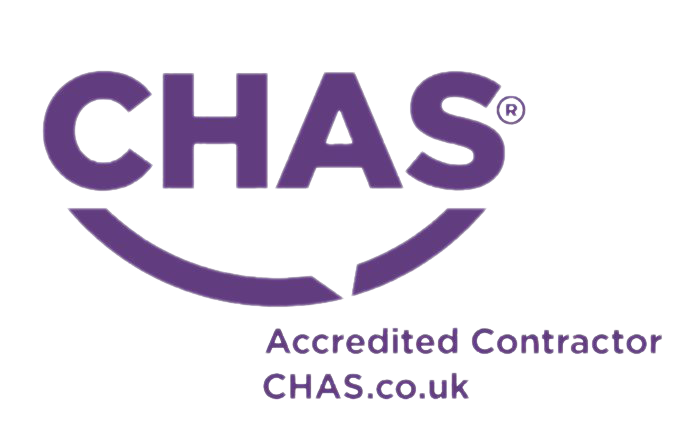[et_pb_section fb_built=”1″ admin_label=”section” _builder_version=”3.22″][et_pb_row admin_label=”row” _builder_version=”3.25″ background_size=”initial” background_position=”top_left” background_repeat=”repeat”][et_pb_column type=”4_4″ _builder_version=”3.25″ custom_padding=”|||” custom_padding__hover=”|||”][et_pb_text admin_label=”Text” _builder_version=”4.4.8″ background_size=”initial” background_position=”top_left” background_repeat=”repeat” hover_enabled=”0″]Cancer is the leading cause of line-of-duty deaths amongst firefighters, accounting for approximately 60% of all deaths. MEP Pavel Poc has been fighting for the recognition of cancer as an occupational health issue for firefighters. Together with the European Parliament’s Members Against Cancer (MAC) Group, and in association with Fire Safe Europe, MEP Pavel Poc hosted a roundtable to  debate the issue of occupational cancer in firefighters and explore solutions.
Prof Eero Pukkala is the Director for Research at the Finnish Cancer Registry. He led a study on 16,422 Nordic firefighters, and reported 2536 cancers. It showed an increased risk for several types of cancer, including prostate cancer, skin cancer, lung cancer, and cancers linked to asbestos such as mesothelioma.
Dr. Anna Stec, Associate Professor at the University of Central Lancashire, led a study on firefighters and their work environment in the UK. “Firefighters have the most hazardous job”, she says. “Firefighters are exposed during the fire, after the fire, short term and long term. Multiple exposure to different carcinogenic substances and multiple routes of exposure (through inhalation, through skin absorption) are increasing their risk of getting (several) cancers.”
Tommy Kjaer and Pieter Maes are both firefighters.For them, the issue is an everyday reality.
Tommy is
debate the issue of occupational cancer in firefighters and explore solutions.
Prof Eero Pukkala is the Director for Research at the Finnish Cancer Registry. He led a study on 16,422 Nordic firefighters, and reported 2536 cancers. It showed an increased risk for several types of cancer, including prostate cancer, skin cancer, lung cancer, and cancers linked to asbestos such as mesothelioma.
Dr. Anna Stec, Associate Professor at the University of Central Lancashire, led a study on firefighters and their work environment in the UK. “Firefighters have the most hazardous job”, she says. “Firefighters are exposed during the fire, after the fire, short term and long term. Multiple exposure to different carcinogenic substances and multiple routes of exposure (through inhalation, through skin absorption) are increasing their risk of getting (several) cancers.”
Tommy Kjaer and Pieter Maes are both firefighters.For them, the issue is an everyday reality.
Tommy is  the president of the the Danish Firefighters against Cancer Association. “I have been working with the issue of cancers in firefighting since 2010” says Tommy, “and study after study show the same thing: firefighters get cancers at a higher rate than the general population. I don’t have any doubt that the toxic smoke is the biggest long term enemy for firefighter’s health. The silent killer. We need MEPs to help us save lives and to keep us healthy. We need proper large scale testing of building materials and we need the toxicity of smoke to be tested and labelled.”
“We have an image problem” adds Pieter. “There is a gap between the public perception of what a firefighter’s job is and the reality. Being a firefighter is never running through fire: it is it crawling through thick smoke. The smoke is hot, it is flammable, it is blinding. It is also increasingly toxic, and only a little amount of materials can create huge amount of smoke. Our challenge is to perform and stay healthy in these smoke-filled conditions.”
Dr. Ondřej Májek of the Institute of Health Information and Statistics of the Czech Republic (ÚZIS ČR) believes that using the Czech National Healthcare Information System to conduct a study would help them to better understand the firefighter’s cancer problem and find solutions. He has been faced with strong obstacles but has hope that the EU will hear his call to use the data from health information systems across Member States to help people.
The proportion of cancer deaths for firefighters has been growing steadily from the 1970s to the present, in tandem with the increase in synthetics and plastics in homes and buildings. Testing and labelling the smoke toxicity of construction products is a first step in having safer, healthier firefighters. The EU needs to admit there is a problem and act to regulate smoke toxicity.[/et_pb_text][/et_pb_column][/et_pb_row][/et_pb_section]
the president of the the Danish Firefighters against Cancer Association. “I have been working with the issue of cancers in firefighting since 2010” says Tommy, “and study after study show the same thing: firefighters get cancers at a higher rate than the general population. I don’t have any doubt that the toxic smoke is the biggest long term enemy for firefighter’s health. The silent killer. We need MEPs to help us save lives and to keep us healthy. We need proper large scale testing of building materials and we need the toxicity of smoke to be tested and labelled.”
“We have an image problem” adds Pieter. “There is a gap between the public perception of what a firefighter’s job is and the reality. Being a firefighter is never running through fire: it is it crawling through thick smoke. The smoke is hot, it is flammable, it is blinding. It is also increasingly toxic, and only a little amount of materials can create huge amount of smoke. Our challenge is to perform and stay healthy in these smoke-filled conditions.”
Dr. Ondřej Májek of the Institute of Health Information and Statistics of the Czech Republic (ÚZIS ČR) believes that using the Czech National Healthcare Information System to conduct a study would help them to better understand the firefighter’s cancer problem and find solutions. He has been faced with strong obstacles but has hope that the EU will hear his call to use the data from health information systems across Member States to help people.
The proportion of cancer deaths for firefighters has been growing steadily from the 1970s to the present, in tandem with the increase in synthetics and plastics in homes and buildings. Testing and labelling the smoke toxicity of construction products is a first step in having safer, healthier firefighters. The EU needs to admit there is a problem and act to regulate smoke toxicity.[/et_pb_text][/et_pb_column][/et_pb_row][/et_pb_section]
 debate the issue of occupational cancer in firefighters and explore solutions.
Prof Eero Pukkala is the Director for Research at the Finnish Cancer Registry. He led a study on 16,422 Nordic firefighters, and reported 2536 cancers. It showed an increased risk for several types of cancer, including prostate cancer, skin cancer, lung cancer, and cancers linked to asbestos such as mesothelioma.
Dr. Anna Stec, Associate Professor at the University of Central Lancashire, led a study on firefighters and their work environment in the UK. “Firefighters have the most hazardous job”, she says. “Firefighters are exposed during the fire, after the fire, short term and long term. Multiple exposure to different carcinogenic substances and multiple routes of exposure (through inhalation, through skin absorption) are increasing their risk of getting (several) cancers.”
Tommy Kjaer and Pieter Maes are both firefighters.For them, the issue is an everyday reality.
Tommy is
debate the issue of occupational cancer in firefighters and explore solutions.
Prof Eero Pukkala is the Director for Research at the Finnish Cancer Registry. He led a study on 16,422 Nordic firefighters, and reported 2536 cancers. It showed an increased risk for several types of cancer, including prostate cancer, skin cancer, lung cancer, and cancers linked to asbestos such as mesothelioma.
Dr. Anna Stec, Associate Professor at the University of Central Lancashire, led a study on firefighters and their work environment in the UK. “Firefighters have the most hazardous job”, she says. “Firefighters are exposed during the fire, after the fire, short term and long term. Multiple exposure to different carcinogenic substances and multiple routes of exposure (through inhalation, through skin absorption) are increasing their risk of getting (several) cancers.”
Tommy Kjaer and Pieter Maes are both firefighters.For them, the issue is an everyday reality.
Tommy is  the president of the the Danish Firefighters against Cancer Association. “I have been working with the issue of cancers in firefighting since 2010” says Tommy, “and study after study show the same thing: firefighters get cancers at a higher rate than the general population. I don’t have any doubt that the toxic smoke is the biggest long term enemy for firefighter’s health. The silent killer. We need MEPs to help us save lives and to keep us healthy. We need proper large scale testing of building materials and we need the toxicity of smoke to be tested and labelled.”
“We have an image problem” adds Pieter. “There is a gap between the public perception of what a firefighter’s job is and the reality. Being a firefighter is never running through fire: it is it crawling through thick smoke. The smoke is hot, it is flammable, it is blinding. It is also increasingly toxic, and only a little amount of materials can create huge amount of smoke. Our challenge is to perform and stay healthy in these smoke-filled conditions.”
Dr. Ondřej Májek of the Institute of Health Information and Statistics of the Czech Republic (ÚZIS ČR) believes that using the Czech National Healthcare Information System to conduct a study would help them to better understand the firefighter’s cancer problem and find solutions. He has been faced with strong obstacles but has hope that the EU will hear his call to use the data from health information systems across Member States to help people.
The proportion of cancer deaths for firefighters has been growing steadily from the 1970s to the present, in tandem with the increase in synthetics and plastics in homes and buildings. Testing and labelling the smoke toxicity of construction products is a first step in having safer, healthier firefighters. The EU needs to admit there is a problem and act to regulate smoke toxicity.[/et_pb_text][/et_pb_column][/et_pb_row][/et_pb_section]
the president of the the Danish Firefighters against Cancer Association. “I have been working with the issue of cancers in firefighting since 2010” says Tommy, “and study after study show the same thing: firefighters get cancers at a higher rate than the general population. I don’t have any doubt that the toxic smoke is the biggest long term enemy for firefighter’s health. The silent killer. We need MEPs to help us save lives and to keep us healthy. We need proper large scale testing of building materials and we need the toxicity of smoke to be tested and labelled.”
“We have an image problem” adds Pieter. “There is a gap between the public perception of what a firefighter’s job is and the reality. Being a firefighter is never running through fire: it is it crawling through thick smoke. The smoke is hot, it is flammable, it is blinding. It is also increasingly toxic, and only a little amount of materials can create huge amount of smoke. Our challenge is to perform and stay healthy in these smoke-filled conditions.”
Dr. Ondřej Májek of the Institute of Health Information and Statistics of the Czech Republic (ÚZIS ČR) believes that using the Czech National Healthcare Information System to conduct a study would help them to better understand the firefighter’s cancer problem and find solutions. He has been faced with strong obstacles but has hope that the EU will hear his call to use the data from health information systems across Member States to help people.
The proportion of cancer deaths for firefighters has been growing steadily from the 1970s to the present, in tandem with the increase in synthetics and plastics in homes and buildings. Testing and labelling the smoke toxicity of construction products is a first step in having safer, healthier firefighters. The EU needs to admit there is a problem and act to regulate smoke toxicity.[/et_pb_text][/et_pb_column][/et_pb_row][/et_pb_section]







